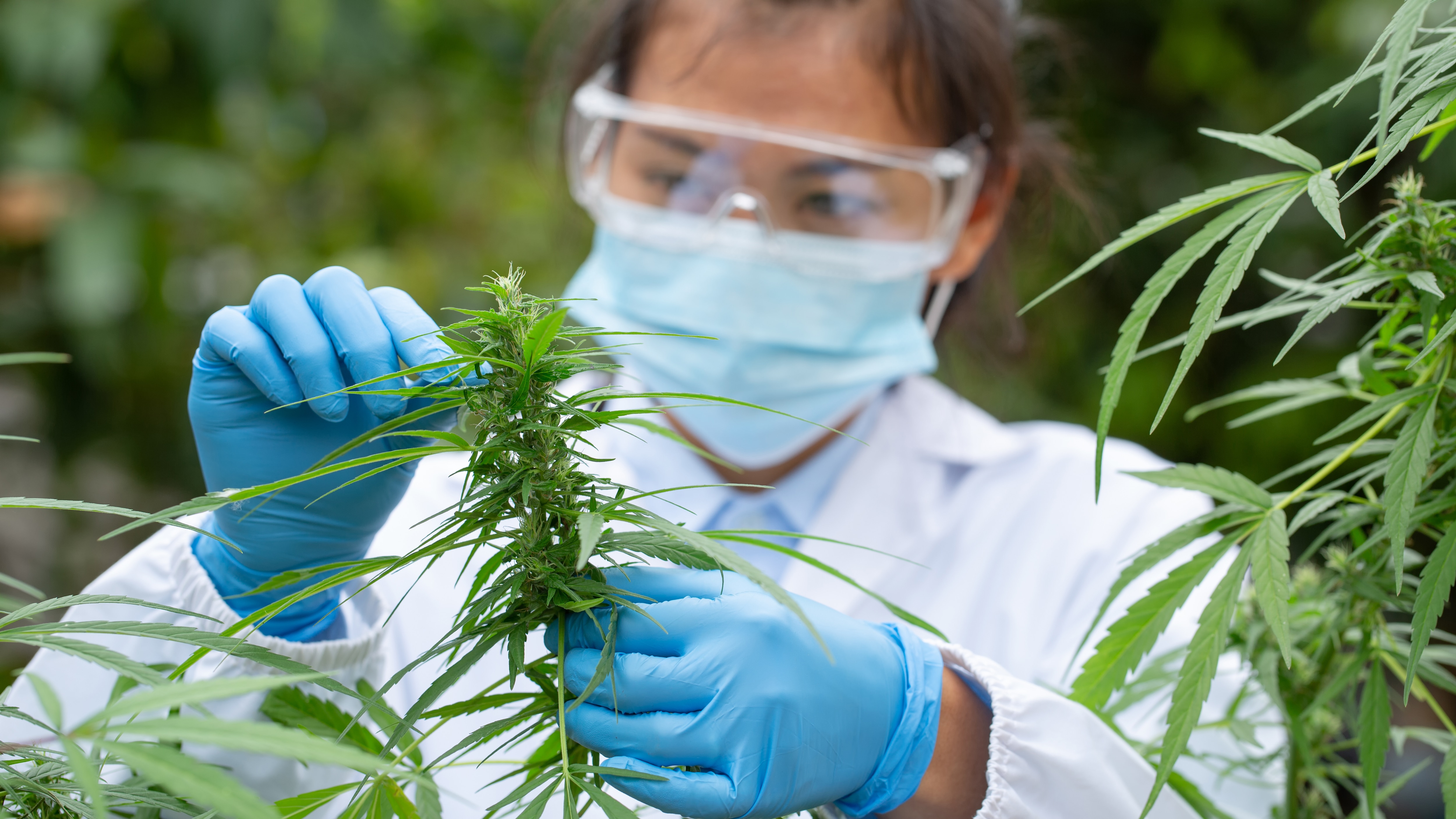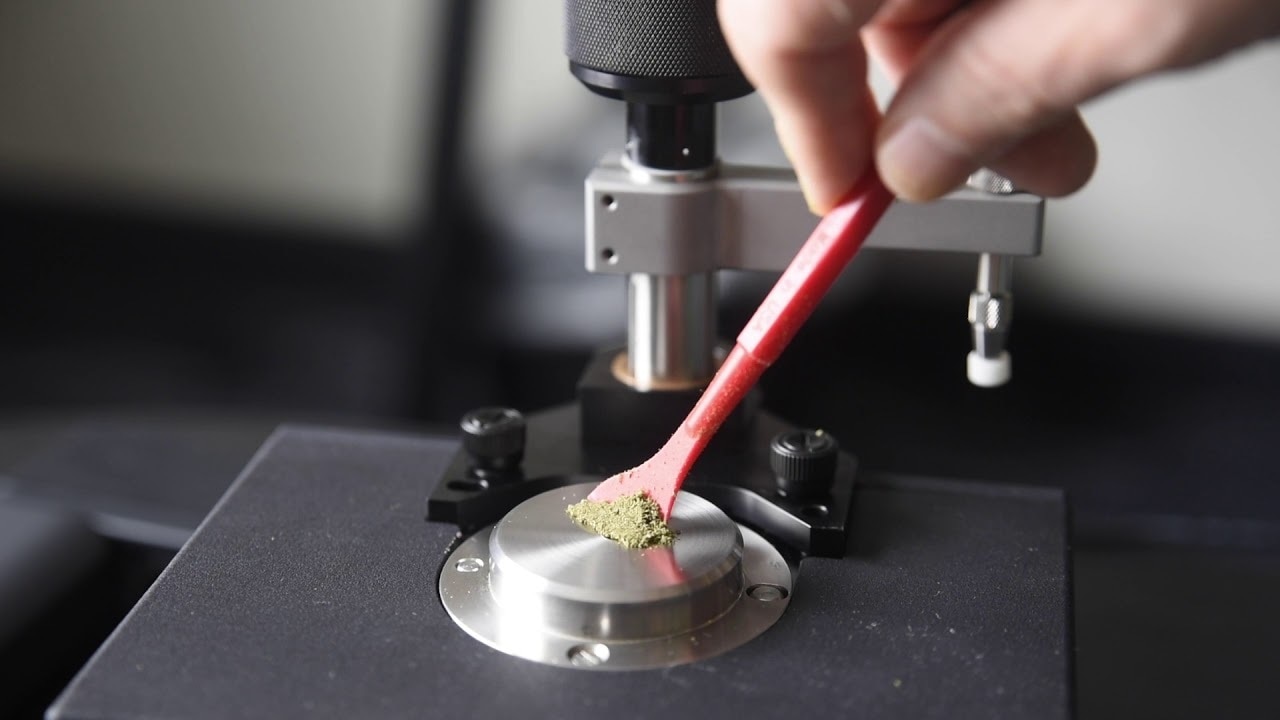Axetris infrared source EMIRS200 for hemp analysis

The commercial use of hemp is becoming increasingly significant. However, production and licensing are highly regulated in various markets. In this blog post, you will learn how Axetris EMIRS200 infrared sources ensure quality in hemp analysis.

There are many professional hemp analysis providers. These are mostly external laboratories that carry out the analysis as contract work. Because the samples sent in usually have to be prepared in advance, analysis often becomes costly and time-consuming. However, these costly analyses are unavoidable for the official approval of hemp products. There are more effective methods for producers, processors and sellers to continuously check their hemp product for quality.

The measurements with the BSS2000/3000 analyzer are easy to perform and deliver results within two minutes. The THC content is determined with an accuracy of up to 0.04%. Only a few milligrams of sample material are needed to perform a test. These advantages mean it’s worth testing several plants to obtain a reliable average value for a complete batch.